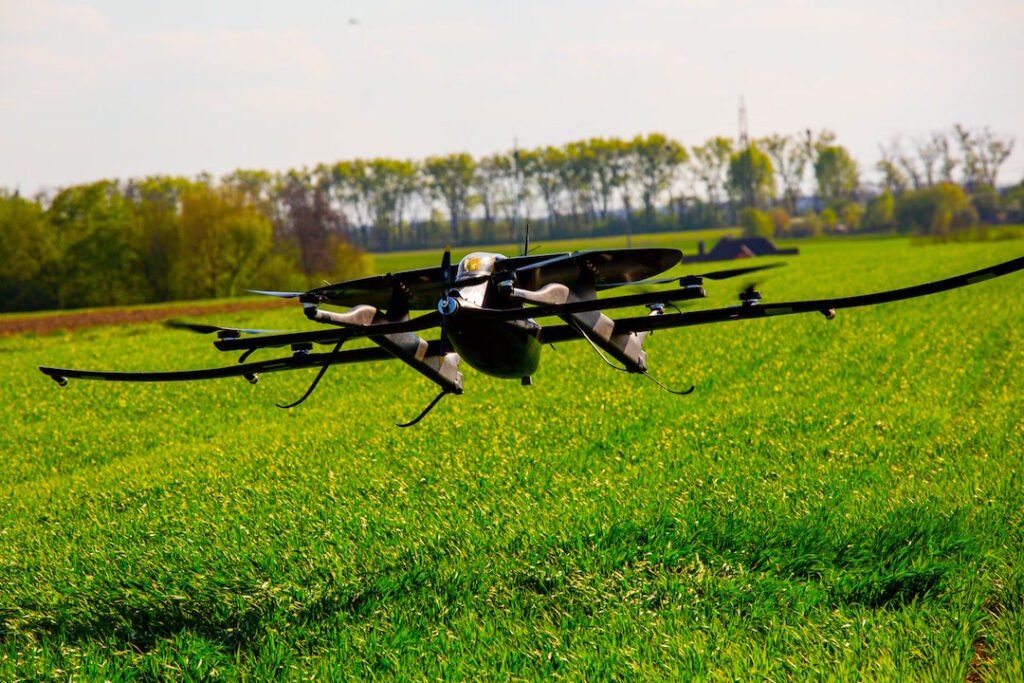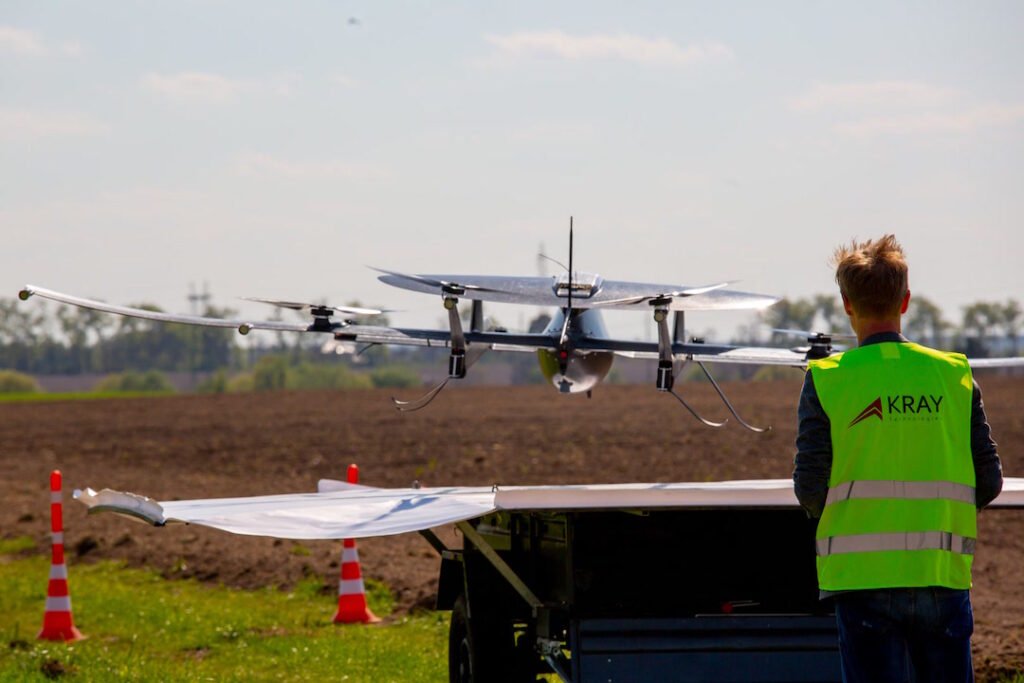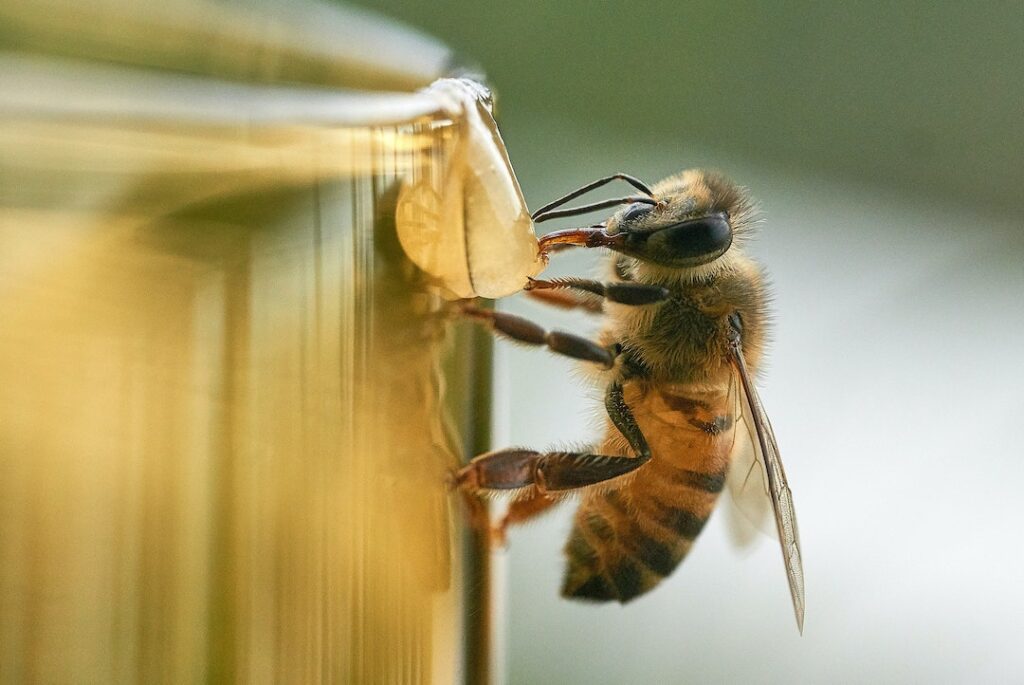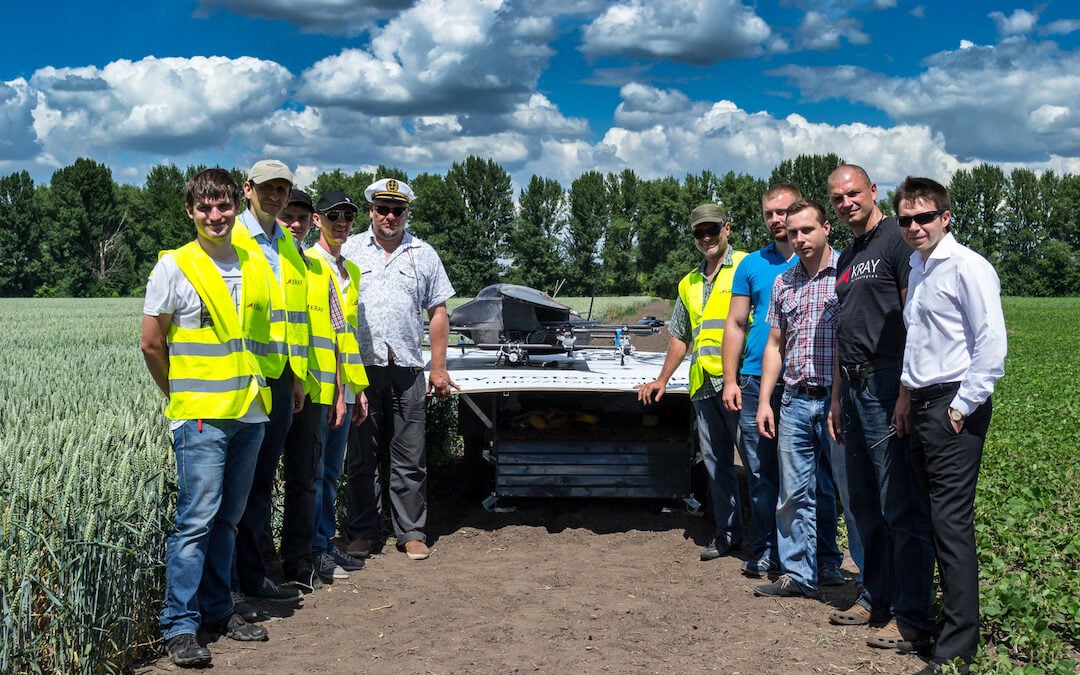Explore these 6 agricultural innovations that will likely have a huge impact on the way we farm in the future.
As the world unites to minimise global warming, agriculture is set for a massive shakeup to ensure we can still feed the planet while keeping it good nick for our grandchildren. We bring you, 6 agricultural innovations that are set to shake up the industry.
In the disastrous 2C° climate change scenario for 2050, available cropland will decrease by 10%, yields will drop by up to 30% while the world will need 40% more food to feed a growing population. That was the message for agriculture at COP26, the 2021 United Nations Conference for Climate Change held in Glasgow late last year. It was followed by a call for governments and industry to invest $70 billion over the next 20 years to accelerate the shift towards sustainable farming and land-use practises. Australia was among 26 nations to throw its hat in the ring by setting out commitments to plans that will help farmers pollute less and protect food supplies against climate change.
“The commitments being made today show that nature and land use will contribute to addressing the twin crises of climate change and biodiversity loss,” COP26 President Alok Sharma said. “If we are to limit global warming and keep the goal of 1.5C alive, then the world needs to use land sustainably and put protection and restoration of nature at the heart of all we do.”
To mark Australia’s commitments and the progress that has already been made, we’ve put together a list of 6 agricultural innovations in sustainable farming which are super interesting.

1) The Kray drone
Farmers using drones to spray crops is nothing new. But the new Kray Protection UAS drone from the US improves the technology by an order of magnitudes. As the world’s first fully digital and unmanned crop sprayer capable of autonomously spraying fertilisers and pesticides, it offers a complete replacement for ag planes – at around 10% of the cost. And unlike other drones that require farmers to spend dozens of hours learning how to fly one or pay a professional pilot thousands of dollars a day to drive out to their farm, the Kray drone is fully automatic thanks to a computer vision system that reads the terrain and adjusts the machine’s movements mid-air to avoid obstacles like windmills. Its spray jets are also best in class — ‘electrostatically charging’ droplets to reduce drift and deliver the kind of variable rate spraying required for sustainable agriculture. And with an operating speed of 110 km/hour and only 15% of its productive time needed for tank refills and battery charge, the Kray drone can cover up to 1,200 acres per day – making it the most efficient and environmentally friendly crop-spraying solution on the planet

2) Sustainability Linked Farm Loans
Stockyard has been producing premium grain-fed Wagyu and Angus beef products at its 20,000-head feedlot in the Darling Downs region of Southeast Queensland since 1958, and exporting meat overseas for nearly 50 years. Last year it became the first primary producer in Australia to successfully apply for a sustainability-linked loan with the Commonwealth Bank. A three-year, reduced-interest loan, it sets out clear outcomes for Stockyard in terms of emissions reduction, animal welfare and workplace health and safety. “We welcome the opportunity to participate in this innovative financing structure and make a commitment to tie sustainability targets to our financing,” managing director Lachie Hart said. “The loan also provides opportunities to access internationally recognised ESG (Environmental, Social and Governance) credentials to help us secure capital and customers in the future.”
3) Mechanical Bees
Thirty-five different horticultural sector in Australia with a combined farm gate value of $14.2 billion depend on pollination services supplied by beekeepers. But these tiny, underappreciated workers are highly vulnerable to biological threats like the Varroa mite, AKA the Varroa destructor, which has killed 30% of bees in parts of the US, and the Tropilaelaps mite, native to the giant honey bees of Asia, which is even more fatal. Neither disease has arrived in Australia yet but it’s only a matter of time, according to the CSIRO. Enter Edete, an Israeli startup that has invented an artificial solution to bee pollination that stores pollen in tiny tubes and distributes it on plants using mechanical pollinisers. The invention has already been successfully trialled on almonds, apples, pears, plums, cherries, cotton, canola seeds and pistachios. Edete’s mechanical bee is expected to hit the marketplace at the end of this year or early in 2023.

4) Autonomous Irrigation Systems
For thousands of years, the decision on how and when to water trees has been based on farmers’ experience and intuition or gut instinct. SupPlant, another Israeli ag-tech startup, changed that a few years ago when it launched a hardware-software solution that monitors plant stress and water content using sensors fitted out with artificial intelligence. The data is used in conjunction with real-time and forecast climatic data to project plant growth patterns, then uploaded to a cloud-based algorithm every 10 minutes to provide precise irrigation recommendations for farmers. Named one of Time magazine’s 100 best inventions of 2021, its new product SupPlant API, does the same without the need for investments in hardware. “Our new technology collects and analyses local climatic data and unique plant and irrigation data from a model training farm that services more than 10,000 small growers with the same variety, thus providing low-cost irrigation solutions without the necessity of larger capital investments in hardware on the ground,” says CEO Ori Ben-Ner. “This allows small growers to gain the value derived from an adaptable irrigation strategy.”
5) Alternative Protein Farming
The most vocal critics of alternative proteins are farmers and their associations who feel it threatens the production of traditional animal-based proteins like meat, milk and eggs. But it’s time to put aside those squabbles and accept that consumers in this day and age want both. “Protein is a macronutrient that’s essential for life,” says Mirjana Prica, managing director at the Food and Agribusiness Growth Centre. “No one commodity, industry or food has the rights over protein.” The alternative protein sector in Australia is currently small but growing quite fast; by 2025 plant- and insect-based protein will account for more volume (yet less value) than animal-based protein. The shift will prove especially beneficial for crop farmers who diversify with high-value crops like legumes, lentils, fava beans, chickpeas, soy, pea, pulses and mushrooms — and fill a growing global protein deficit in a sustainable way.
6) Seaweed to Cure the Earth
Research by the CSIRO has shown feeding cows a small amount of Asparagopsis taxiformis, a species of seaweed found on Australia’s east coast slashes methane production by more than 99%. Given that more than a third of methane emissions created by human activity comes from cows and sheep, seaweed could be a serious game-changer in the fight against global warming. Seaweed is also a potential source of biofertiliser in dried or fresh form, effective for ripening or increasing the shelf-life of fruits and vegetables as well as conditioning soil – an eco-friendly option to overcome the shortcomings of chemical-based fertilisers. And seaweed removes carbon from the atmosphere at a faster rate than any terrestrial plant. A recent study by the University of California found the state’s agricultural emissions could be completely offset by growing seaweed in just 3.8% of its waters. Currently, there is only one commercial seaweed farm in Australia near Nowra on NSW’s South Coast, but watch this space.

If you enjoyed this story exploring 6 agricultural innovations then check out our other similar stories.

